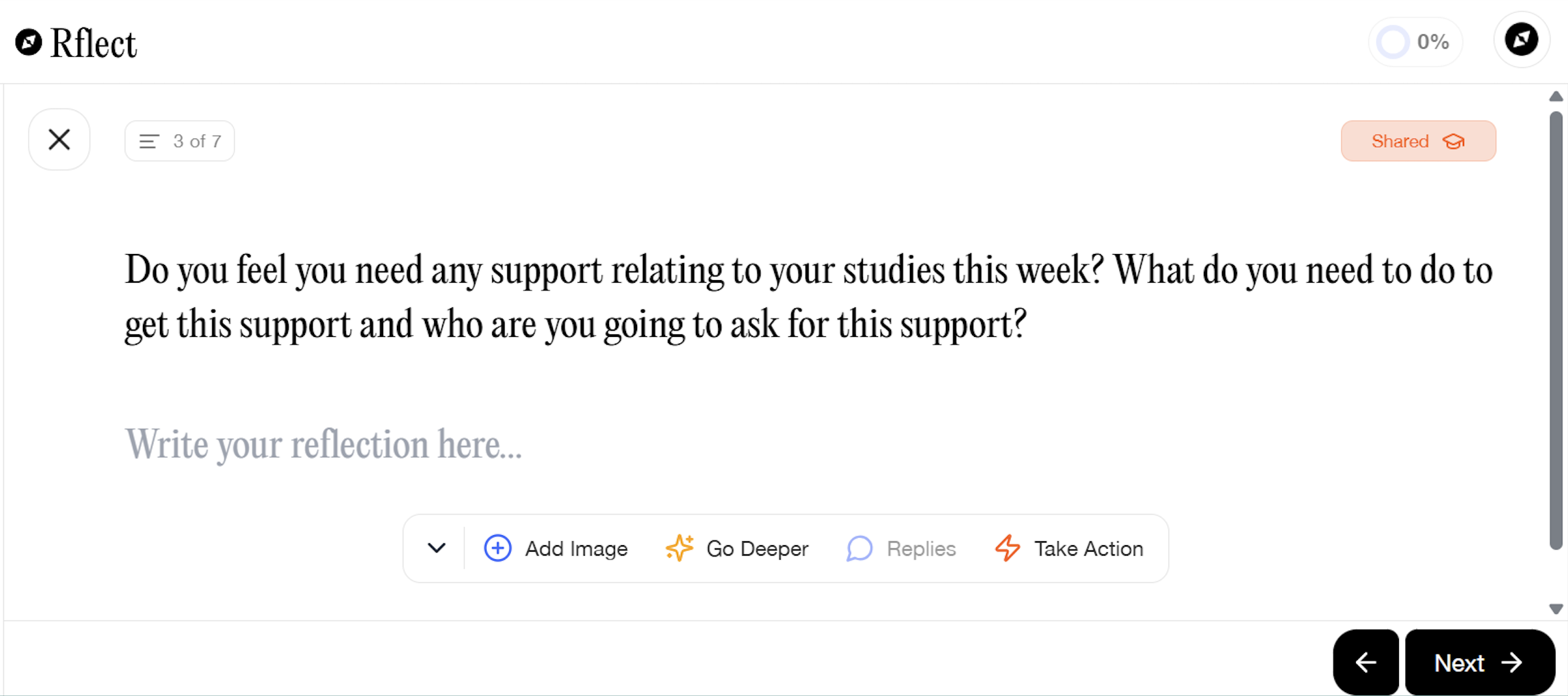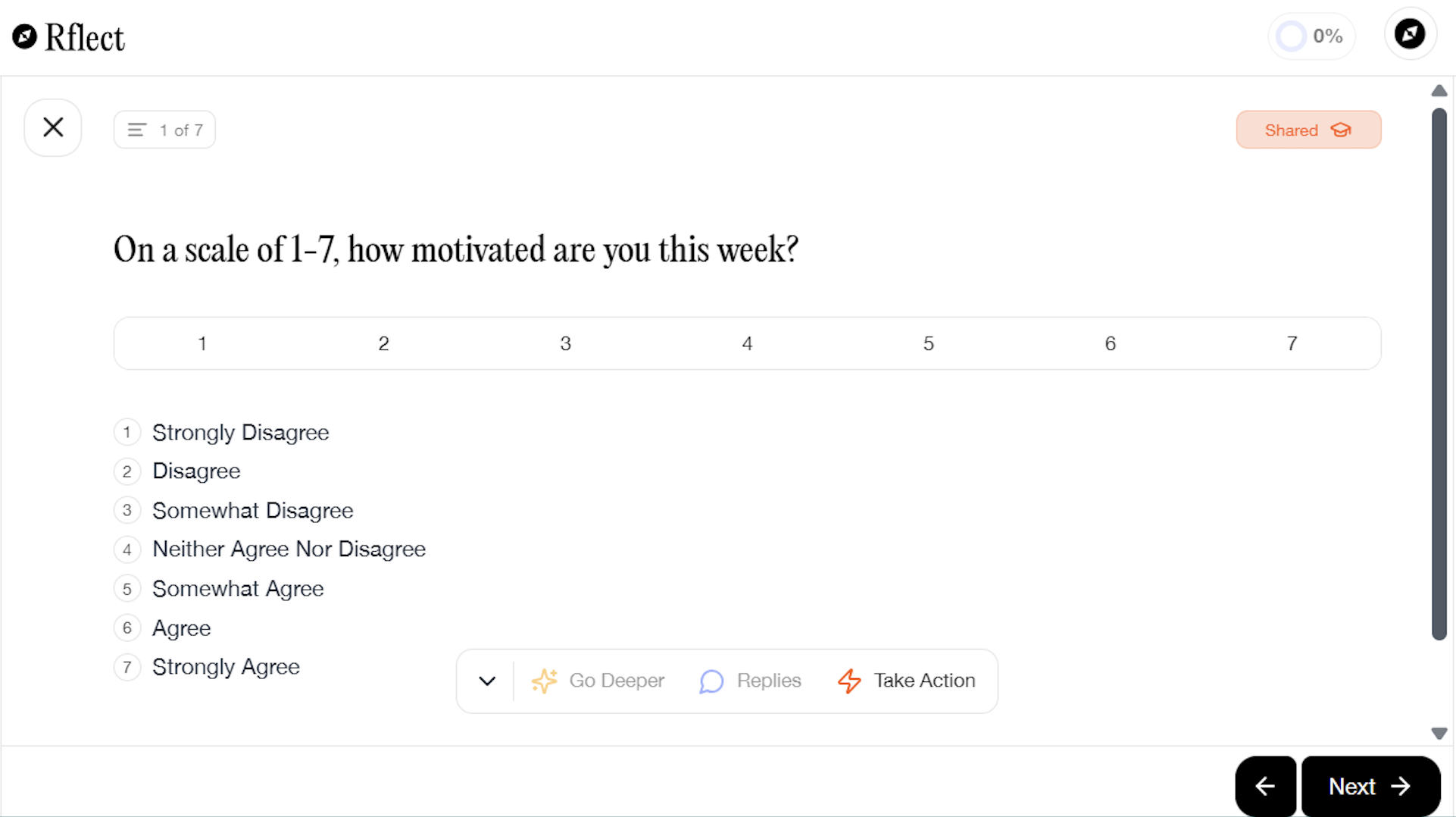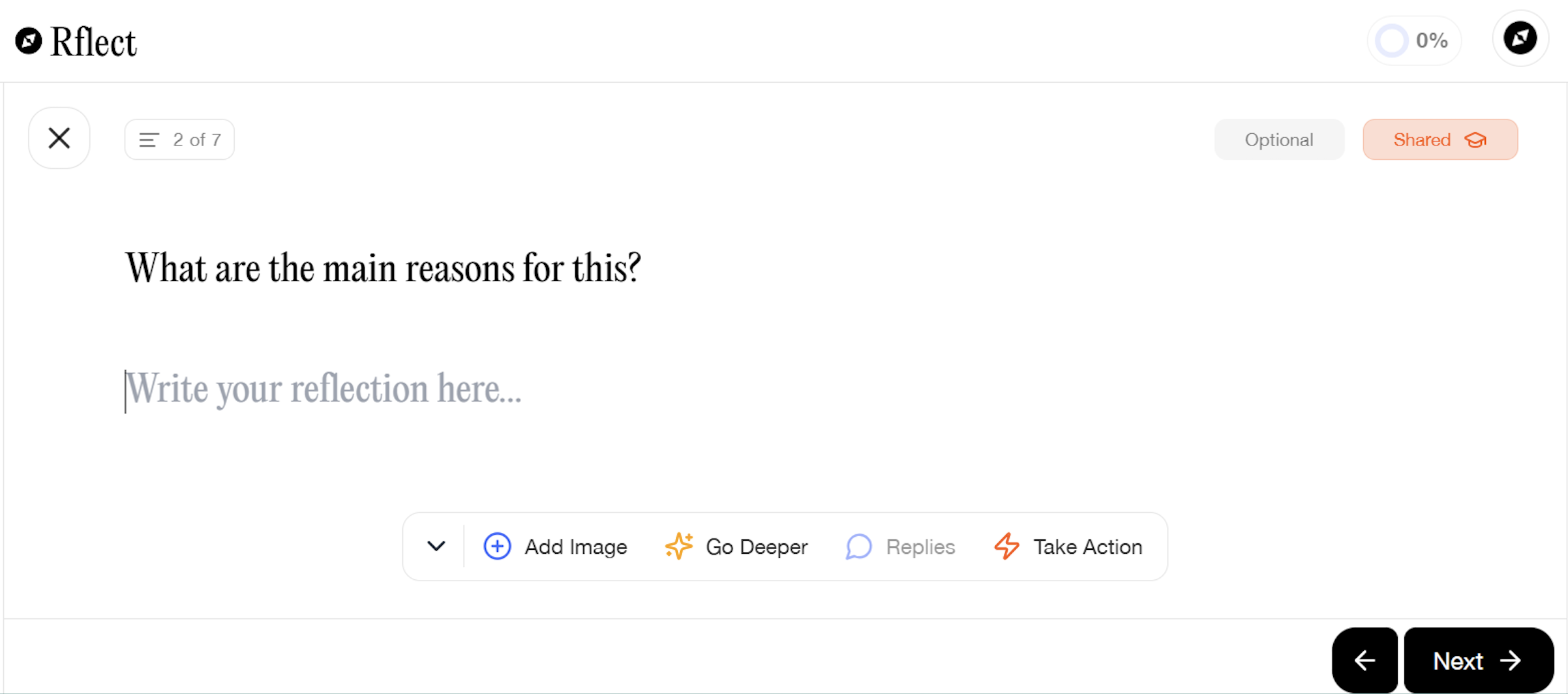The Power of Social Belonging: Why Feeling Connected Drives Student Success
Why do some students thrive while others quietly disengage, even when they have the same talent, motivation, and opportunities? Research over the past two decades points to a powerful answer: social belonging. When students feel connected (e.g. they fit in and are accepted) it can boost learning and persistence. When they feel like outsiders, even strong students can falter. Belonging is not a soft extra, it is a driver of academic success.
What is the Social Belonging Theory?
Social Belonging Theory, advanced by psychologists such as Gregory Walton, Geoffrey Cohen, Carol Dweck, and David Yeager, explains how people interpret experiences of inclusion and exclusion in any context, from school to work to community life. In higher education, it shows that how students interpret early setbacks shapes motivation and resilience, especially during transitions like the first year of university. If moments of doubt (“Do I really belong here?”) are seen as normal and temporary, students engage more, ask for help, and persist. If the same moments are read as proof of “I do not belong,” motivation can spiral down. Interventions that normalize struggle and reframe uncertainty have shown lasting benefits.

The evidence behind it
-
Walton and Cohen (2011), Science: “A brief social-belonging intervention improves academic and health outcomes of minority students.”
Randomized field experiment with first-year undergraduates (N = 92). A short belonging exercise improved Grade Point Average (GPA) and self-reported health for African American students over three years and substantially reduced the achievement gap at the studied university.
-
Yeager et al. (2016), PNAS: “Teaching a lay theory before college narrows achievement gaps at scale.”
Multi-institution randomized trials delivered online before matriculation to large incoming cohorts. The brief module increased first-year academic progress and full-time enrollment, narrowing gaps for students from disadvantaged backgrounds.
-
Yeager et al. (2019), Nature: “A national experiment reveals where a growth mindset improves achievement.”
Nationally representative high-school randomized-control-trial. A less-than-one-hour online module improved grades for lower-achieving students and increased enrollment in advanced mathematics the following year, with stronger effects in schools that supported challenge seeking.
These effects depend on context. Interventions work best where norms and opportunities signal that effort is expected, help is available, and students can succeed.
Why it matters for Higher Education
Belonging matters most at transition points. New campus, hard gateway courses, first disappointing grade, or looking around and not seeing many peers from one’s background. In these moments, students either interpret difficulty as part of a shared journey or as a verdict on fit. Universities that proactively foster belonging can reduce dropout, narrow equity gaps, and increase help-seeking. In classrooms where students feel safe and valued, they ask questions, join study groups, and take intellectual risks. The result is deeper learning for more students.
How Rflect Integrates Social Belonging
At Rflect, belonging is built into reflective learning routines rather than treated as a side activity. We design for repeated, low-friction moments that normalize struggle, prompt constructive reframing, and make progress visible.
| Belonging principle | Rflect in practice |
|---|---|
| “I am not alone” (normalize doubt) | Weekly Reflection Journeys. Students respond to prompts about challenges and wins, then see (anonymized) peer snippets that reveal similar experiences. This reduces “just me” thinking and builds psychological safety. |
| Reframing attributions | Guided prompts for insight. Prompts like “What did this challenge teach me?” shift explanations from fixed ability to strategy and effort, which supports persistence. |
| Feeling seen by others | Progress dashboards and feedback. Visual evidence of growth and supportive comments from lecturers and AI help students feel valued inside a learning community. |
These micro-experiences create positive cycles. As students feel they belong, they engage more, which grows competence and confidence, which further reinforces belonging.
Looking Ahead: Fostering Belonging as a Core Practice
Hybrid learning, diverse cohorts, and rapid change make fostering belonging a defining practice for the next decade. Students and learning communities, that intentionally build connection, normalize struggle, and support one another are more likely to persist and grow through challenge.
At Rflect, belonging is not just an outcome but a guiding principle in how we design for learning and growth. We collaborate with universities, educators, and students across all levels to embed reflective practices that foster connection, psychological safety, and personal agency. Through data-informed insights, guided reflections, and community-driven design, we help institutions make belonging a tangible, measurable part of everyday learning, strengthening engagement, well-being, and long-term student success.
In a time when many students feel disconnected, creating environments that nurture belonging is not optional, it’s essential. When universities make belonging part of the learning architecture, every student has a better chance to thrive.


References
- Walton, G. M., & Cohen, G. L. (2011). A brief social-belonging intervention improves academic and health outcomes of minority students. Science, 331(6023), 1447–1451. https://www.science.org/doi/10.1126/science.1198364.
- Yeager, D. S., Walton, G. M., Brady, S. T., et al. (2016). Teaching a lay theory before college narrows achievement gaps at scale. Proceedings of the National Academy of Sciences, 113(24), E3341–E3348. https://www.pnas.org/doi/10.1073/pnas.1524360113.
- Yeager, D. S., Hanselman, P., Walton, G. M., et al. (2019). A national experiment reveals where a growth mindset improves achievement. Nature, 573, 364–369. https://www.nature.com/articles/s41586-019-1466-y.
- Inner Development Goals. The IDG Framework (Being, Thinking, Relating, Collaborating, Acting). Retrieved October 30, 2025, from https://innerdevelopmentgoals.org/guide/
